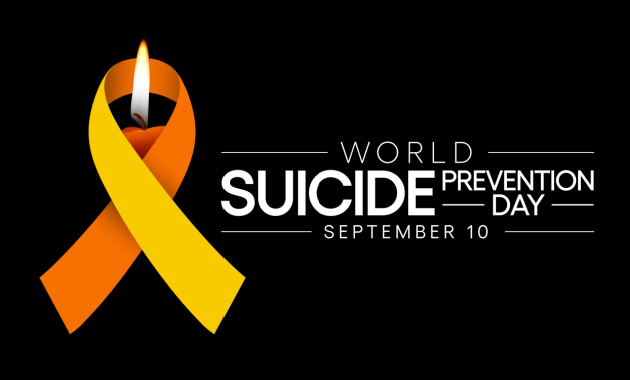
World Suicide Prevention Day, observed on September 10th each year, serves as a global platform to raise awareness about suicide, reduce stigma, and promote actions that can prevent suicide. One group of individuals who can make a significant impact on suicide prevention are caregivers—family members, friends, and healthcare professionals who provide support and care to those at risk. Caregivers often play a pivotal role in identifying warning signs, offering emotional support, and connecting individuals in crisis to appropriate resources. In this article, we will provide five essential tips for caregivers to support and protect their loved ones on World Suicide Prevention Day and beyond.
The Global Suicide Epidemic
Suicide is a complex and pressing global health issue, with more than 700,000 people worldwide losing their lives to suicide annually[1]. It is a leading cause of death, particularly among young people aged 15 to 29[1]. However, for every completed suicide, there are many more suicide attempts, and countless individuals struggle with suicidal thoughts and ideation.
The reasons behind suicide are multifaceted and often involve a combination of mental health challenges, societal pressures, economic hardships, relationship difficulties, and access to lethal means. Recognizing the signs and intervening early can be life-saving, and this is where caregivers can make a profound difference.
Five Tips for Caregivers in Suicide Prevention
Caregivers are often the first to notice changes in a loved one’s behavior, mood, or emotional well-being. They may witness signs of distress, withdrawal, or hopelessness that others might not notice. While the responsibility of preventing suicide cannot be placed solely on caregivers, their role is crucial. Here are five essential tips for caregivers to help prevent suicide:
1. Be Attentive and Observant
-Giving away possessions or making final arrangements
The key is to remain non-judgmental and approach conversations with empathy and care. Sometimes, individuals at risk of suicide may not openly express their thoughts, so caregivers must be attentive to subtle cues.
2. Foster Open Communication
Encouraging open communication is crucial for individuals at risk of suicide. Caregivers should create a safe and non-judgmental space for their loved ones to express their thoughts and emotions. It’s important to actively listen without interruption, judgment, or offering immediate solutions.
When discussing sensitive topics like suicide, it’s essential to use empathetic language and validate their feelings. Phrases like “I’m here for you” and “I care about you” convey support and understanding.
3. Know the Warning Signs
By understanding these signs, caregivers can respond more effectively and take appropriate action when necessary.
4. Encourage Professional Help
Caregivers can offer support by researching mental health services, helping schedule appointments, and even accompanying their loved one to initial appointments if needed. Encouraging professional help is a critical step toward effective intervention and treatment.
5. Safety Planning
-A list of supportive individuals to reach out to
Creating a safety plan in collaboration with a mental health professional can provide individuals at risk with a structured approach to managing crisis situations.
Conclusion
Caregivers hold a unique and vital role in the prevention of suicide. Their attentiveness, empathy, and support can make a life-saving difference for their loved ones who may be at risk. World Suicide Prevention Day underscores the significance of their involvement in fostering hope, offering empathy, and providing practical assistance.
(The article is reviewed by Monalisa Deka, Senior Health Content Editor)
References: